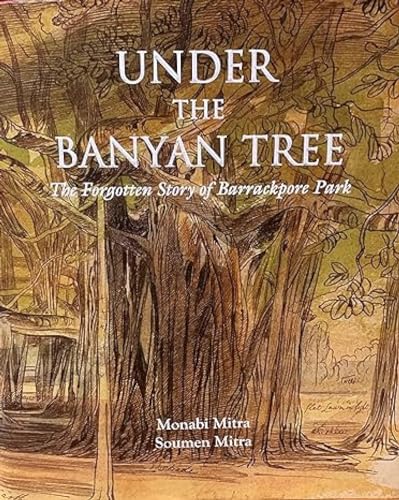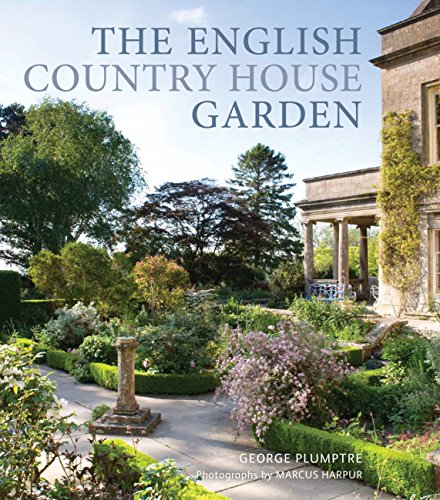Book Reviews |
Enjoy reviews of books from around the world.
|

Princeton University Press. 184 pages. £9.99.
ISBN 978-0-691-19472-1.
|
Fungipedia: A Brief Compendium of Mushroom Lore
by Lawrence Millman; reviewed by Gillian Mawrey
|
|
|
From ‘Agaricon’ to ‘Zygomycetes’ this ‘Brief Compendium of Mushroom Lore’ includes not only the names of every fungus known to science, and obvious linked subjects such as ‘Fairy Rings’, ‘Dry Rot’ and ‘Poisonings’, but also ‘Cage, John’ (the composer) and ‘King Tut’s Curse’.
The author is a true snapper-up of unconsidered trifles, which he blends into erudite and cheery notes which will inform and entertain, amaze and (occasionally) repel you.
The illustrations by Amy Jean Porter sprinkled through the pages include ‘Split Gill’ or Schizophyllum commune (below), which he describes as “probably... the world’s most promiscuous mushroom”.
I have never laughed so much over a serious book. And I learned a lot too.
|

By Monabi Mitra and Soumen Mitra
Aakar Books, Delhi. 177 pages.
INR 1,600 / US$40.00.
ISBN 978-93-5002-621-2.
|
Under the Banyan Tree: The Forgotten Story of Barrackpore Park
reviewed by Philip Stephen
|
|
Barrackpore lies on the east bank of the Hoogly River some 11 miles (18km) from the centre of Calcutta (now Kolkata), which was the seat of the British Governors-General and Viceroys until the Indian capital moved to New Delhi in the 1930s.
In 1810 Governor-General Lord Wellesley had 350 acres (140ha) of jungle on the banks of the river cleared and a magnificent classical mansion built as the Governor’s weekend retreat. The area was landscaped in approved Capability Brown fashion but later Governors and Viceroys (and particularly their wives) also created an aviary, an Italian garden, a rose garden, a bamboo tunnel, and several
vistas with fountains and pavilions. What the ladies loved best was the huge banyan tree beneath which they picnicked.
In Under the Banyan Tree
English Professor (and well-known crime-writer) Monabi Mitra and her husband Soumen Mitra (a senior police officer) recount the history of the house and park, enlivened with amazing old photographs and paintings. They then describe its falling into dereliction (it became a police hospital after Independence) and its current restoration and revival.
A fascinating and very attractive book. |
|
|

|
The English Country House Garden: Traditional Retreats to Contemporary Masterpieces
by George Plumptre
|
|
Photographs by Marcus Harper
Frances Lincoln: 208pp: £25 or $40. ISBN 978-0-7112-3299-0
The current trend in coffee-table garden books is to select a score or so major English (Scottish, French, etc.) gardens and to send a top-class garden photographer (here Marcus Harper) round them at their seasonal peak. An established garden writer (here George Plumptre) is then chosen to write a competent if, sometimes, a tad pedestrian accompanying text. A lavish but reasonably priced book appears and voilà: Aunt Charlotte’s Christmas present solved.
The English Country House Garden
is at the upper end of this genre and chooses some less well-known gardens such as Felley Priory (Nottinghamshire) and Exbury (Hampshire). |
|
|

Oxford College Gardens
by Tim Richardson
photographs by Andrew Lawson
Frances Lincoln. 320 pages. £40.00.
ISBN 978-0-7112-3218-1 |
Oxford College Gardens
reviewed by Gillian Mawrey
|
|
Treading bravely in the steps of Mavis Batey, whose Oxford Gardens has been the vade mecum for over 30 years, Tim Richardson considers the past as well the current state of the gardens belonging to one of the world’s oldest and most eminent universities. Although the Botanic Garden and the University Parks are part of the university itself, the gardens in this book are mostly attached to individual colleges, each with its own history and character.
Oxford’s buildings offer gardeners a variety of backgrounds, from old to modern, and of spaces, from tiny courtyards to a massive deer park. One college, Worcester, has its own substantial lake while many enjoy riverside settings.
Richardson, himself an Oxford alumnus, appreciates not only the beauty of what he is looking at but the expertise that lies behind it, and he includes a list of the current head gardeners of each place, whose skill makes that beauty possible.
|
|
Read More
|
|